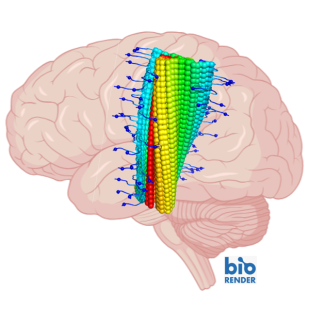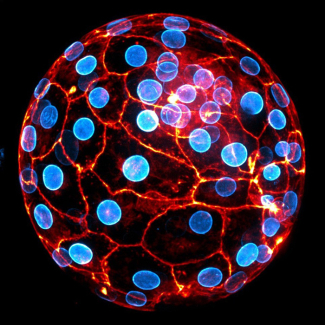
Speaking with a robot is not as pleasant as talking to a human
Researchers from the CNRS and Aix-Marseille University1 have used a novel approach to demonstrate that interactions with humans activate the brain’s social reward system more than discussions with robot interlocutors. The scientists employed functional magnetic resonance imaging (fMRI) to record the brain activity of participants speaking with another human or with a robot. Published in Philosophical Transactions of the Royal Society B (11 March 2019), their findings show that, when compared to a similar conversation with a robot, dialogue with a fellow human significantly increases activity in the amygdalae, basal ganglia, and hypothalamus. The first two of these brain structures are involved in cerebral reward circuits while the third synthesizes oxytocin, a neuropeptide that specifically promotes the formation of social bonds. The researchers have made their data available to the scientific community for studying the cerebral mechanics that underlie the social behaviour of conversation.

Brain activity during reciprocal social interaction investigated using conversational robots as control condition. Rauchbauer B, Nazarian B, Bourhis M, Ochs M, Prévot L, Chaminade T. 2019. Phil. Trans. R. Soc. B. doi:10.1098/rstb/374/1771. https://royalsocietypublishing.org/doi/10.1098/rstb.2018.0033
Contact
Notes
- They hail from the Institut de Neurosciences de la Timone (CNRS / Aix-Marseille University), the Laboratoire Parole et Langage (CNRS / Aix-Marseille University) and the Laboratoire d’Informatique et des Systèmes (CNRS / Aix-Marseille University / University of Toulon). This work has been funded by the A*Midex Foundation and the Institut Convergence ILCB.


